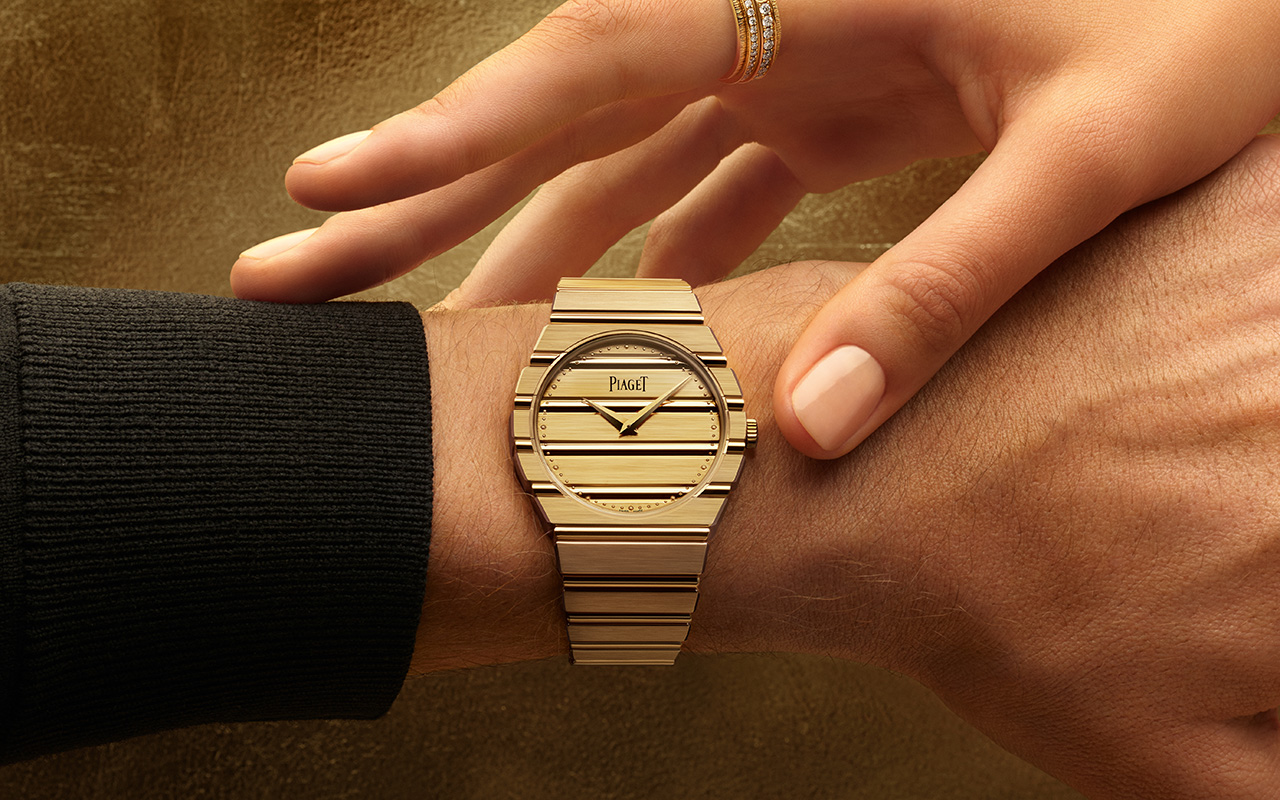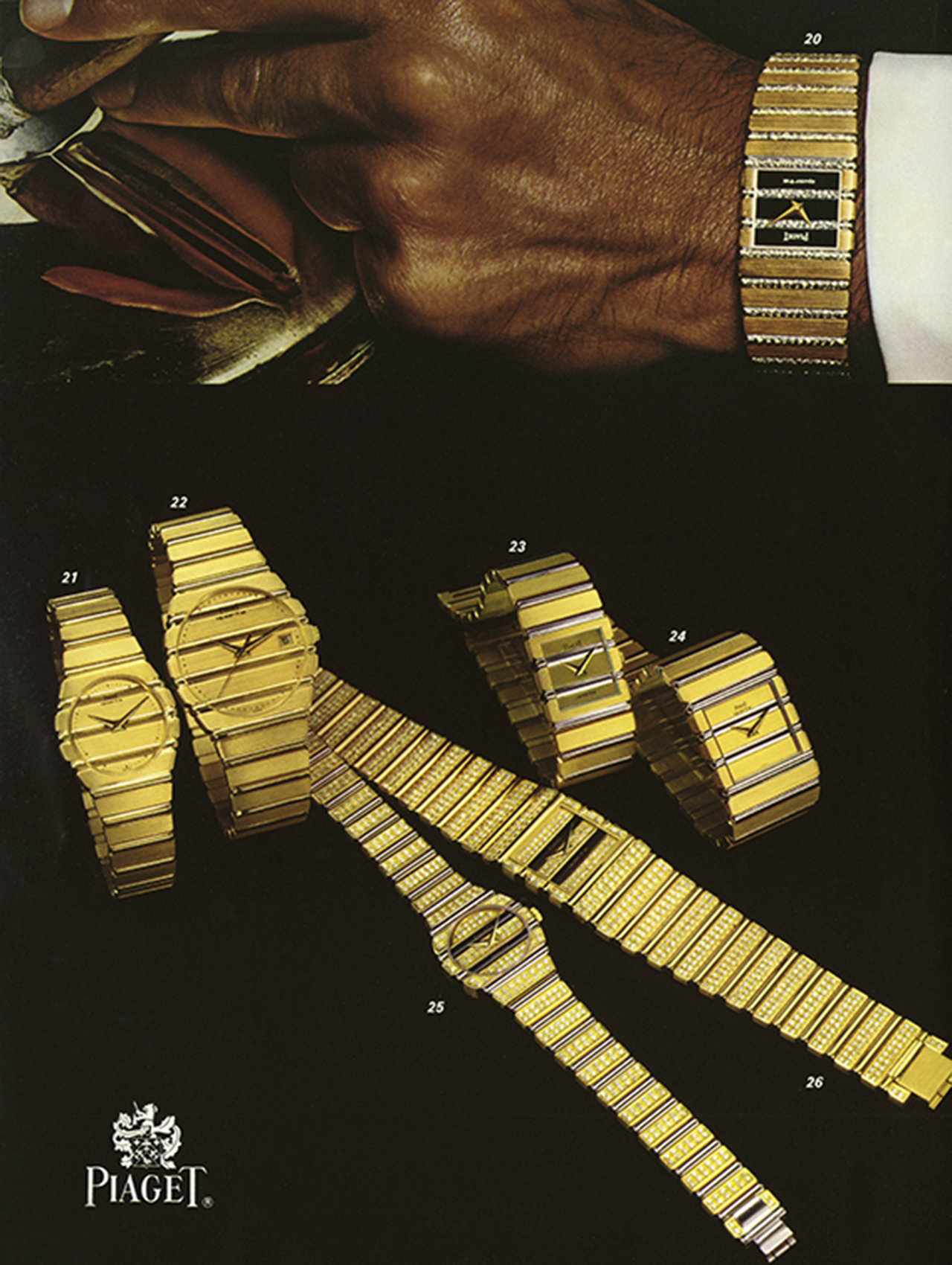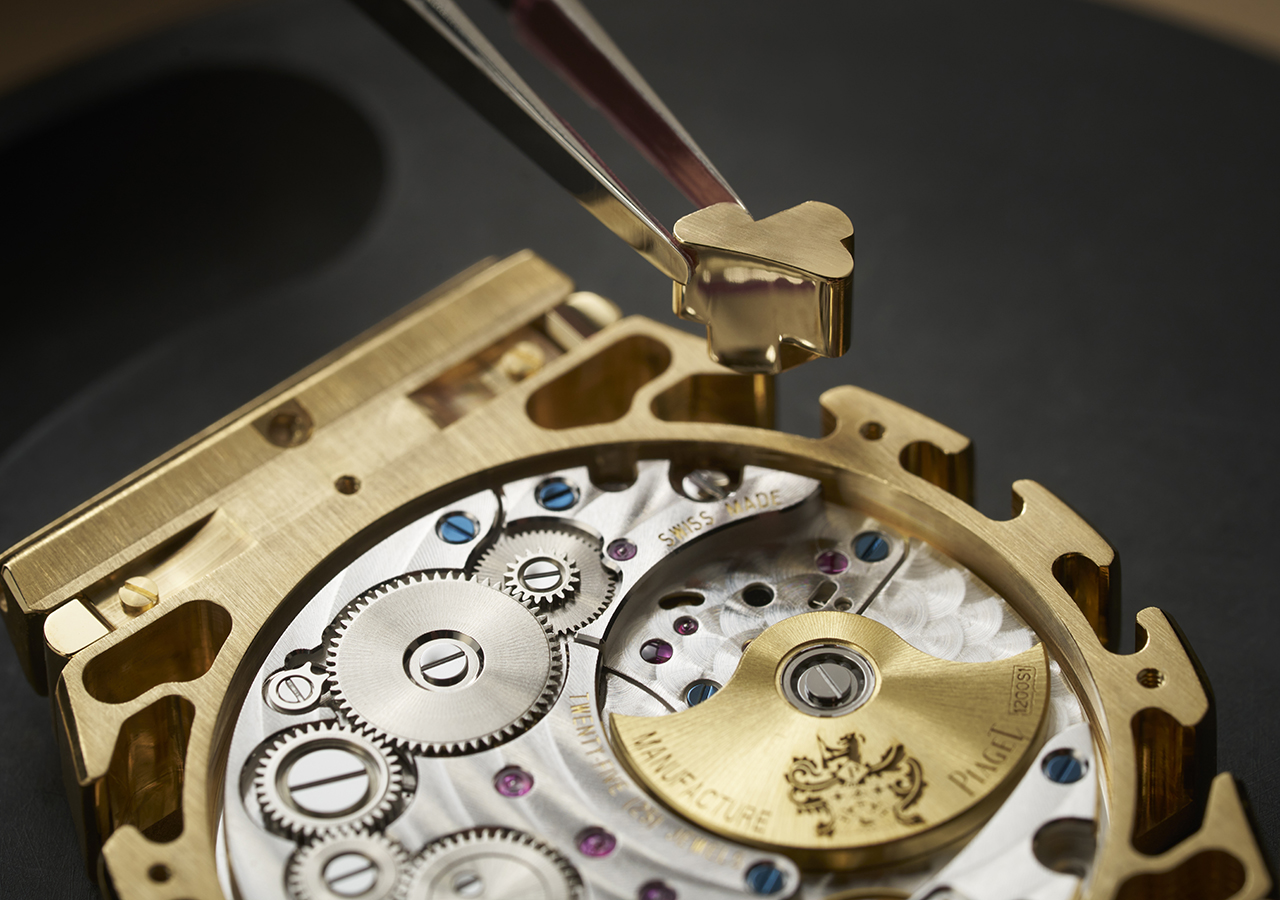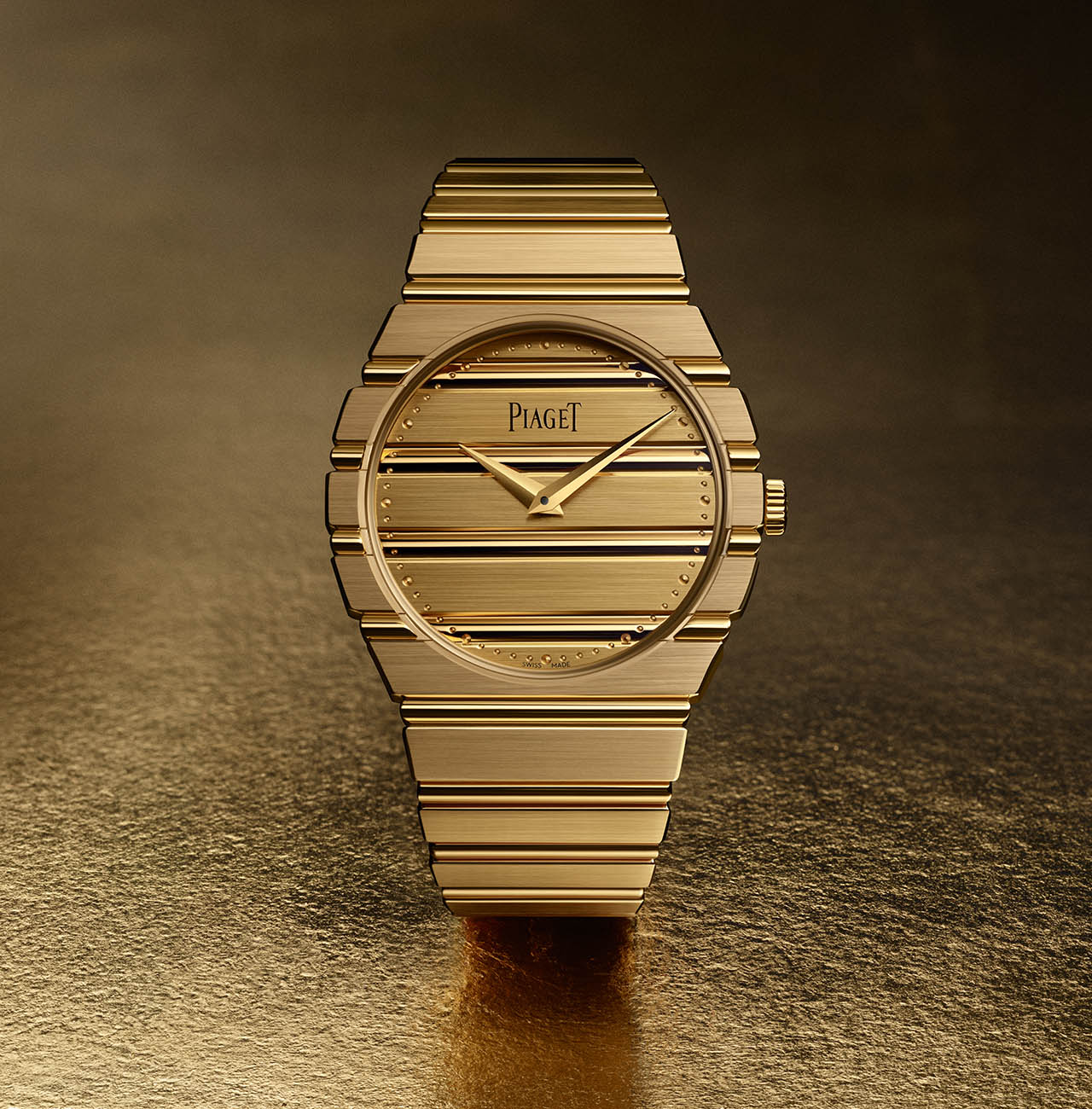Everything

In 1979, the world was on the cusp of a major vibe shift, departing two decades of free love and entering into what become a decade of free wheeling economic boom. A golden era where pop culture and design merged. It was in this year that Piaget unveiled a timepiece that not only captured the essence of the 1980s but also marked a defining moment in the storied history of the Maison. This was the Piaget Polo, a watch that, 45 years later, is making a triumphant return in celebration of Piaget’s 150th anniversary, embodying once again the spirit of innovation and luxury that has been the brand’s hallmark since its inception in 1874.
The genesis of the Piaget Polo was a response to a shift in the lifestyles of Piaget’s discerning clientele. Yves Piaget observed a burgeoning desire among his customers for a watch that transcended the traditional dress watch, a timepiece that could elegantly grace a wrist, whether in the boardroom or on the sports field. The world was changing, and so were the demands of those who sought not just luxury but versatility in their timekeepers. The Piaget Polo was conceived out of this necessity, a sport line that was both waterproof and shockproof, yet uncompromising in its opulence and craftsmanship.

At the heart of the Piaget Polo’s design was an innovative approach to integrating the bracelet and case into a seamless whole, crafted entirely in gold. This design philosophy was a bold departure from the steel sports watches of the era, positioning the Piaget Polo not just as a watch but as a piece of wearable art. The alternating polished and brushed links of the bracelet flowed into the case and dial, creating a motif that was as visually captivating as it was technically impressive. It was a watch that could effortlessly transition from the high adrenaline world of polo matches to the electric nightlife of New York’s most exclusive clubs.

Piaget’s commitment to technical excellence was evident in the heart of the Polo. Initially equipped with the 7P quartz movement, the thinnest of its time, and later the even slimmer 8P, the Piaget Polo was a marvel of miniaturisation. But it was not just quartz movements that found their way into this iconic timepiece; the revered mechanical calibre 9P also powered certain models, showcasing Piaget’s mastery over both electronic and mechanical timekeeping. Over the years, the Piaget Polo was reimagined in various forms, from gem-set marvels to models sporting perpetual calendars, each iteration further cementing its status as a versatile icon.

The Piaget Polo ’79, the latest iteration, honours its lineage by maintaining the original’s aesthetic ethos while embracing modern sensibilities. The watch now features the ultra-thin 1200P1 in-house self-winding calibre, visible through a crystal back, housed within a slightly enlarged 38mm case, all in 18-carat gold. This update signals a return to the mechanical prowess that has been a Piaget signature, ensuring that the Polo ’79 remains at the forefront of both technology and design.
Since Georges-Edouard Piaget set up his first workshop in La Côte-aux-Fées, the Maison has been driven by a spirit of daring creativity, a trait that has defined its journey through the annals of watchmaking. The Piaget Polo ’79 is not just a watch; it is a testament to a legacy of innovation, a symbol of a Maison that has continuously pushed the boundaries of what is possible in the art of watchmaking. It stands as a beacon of elegance in the world of sports watches, a reminder that true luxury knows no bounds.